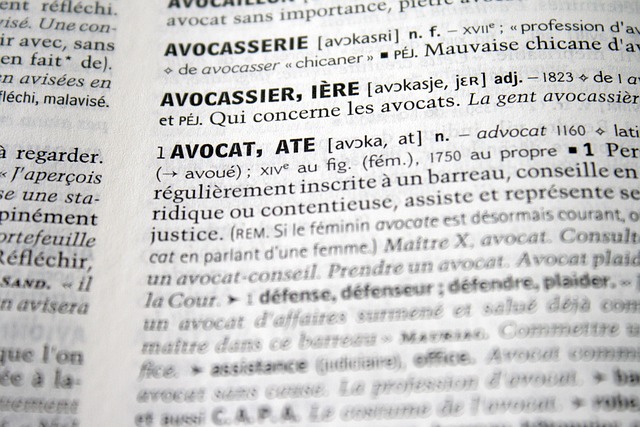The Real Estate Litigation Process Explained deals with disputes over contracts, boundaries, payments, and construction defects among various parties. While mediation or arbitration can resolve issues, complex cases may require jury trials. To avoid disputes, clear contracts and thorough documentation are key. The process involves filing complaints, answers, fact discovery, motions, and settlement negotiations before potential jury trials. Effective litigation management requires strategic preparation, adaptability, and a proven track record for favorable outcomes.
Unravel the intricate world of real estate litigation with our comprehensive guide. This article serves as a robust resource, offering insights into various dispute types plaguing the industry. From common real estate disputes to the legal process and effective management strategies, we demystify each step. Understand the legal framework underpinning these cases and equip yourself with tools for efficient litigation management. Get ready to navigate through the complexities of the real estate litigation process explained.
- Common Types of Real Estate Disputes
- The Legal Process Step-by-Step
- Strategies for Effective Litigation Management
Common Types of Real Estate Disputes

Real Estate disputes are prevalent, given the significant financial investments involved in property transactions. The real estate litigation process explained often involves a range of common issues that can arise between buyers, sellers, landlords, tenants, and developers. These disputes typically center around contract breaches, property boundaries, non-payment of rent or mortgages, and defects in construction.
Whether involving corporate and individual clients, these conflicts can be resolved through alternative dispute resolution methods like mediation or arbitration. However, for more complex cases, jury trials may be necessary to achieve extraordinary results. The key lies in understanding the legal rights and obligations from the outset, ensuring clear contracts, and documenting all interactions to facilitate a swift and favorable resolution should disputes occur.
The Legal Process Step-by-Step

The Real Estate Litigation Process Explained
In real estate litigation, a dispute arises when one or more parties involved in a property transaction feel wronged or aggrieved. The process begins with a complaint, where the plaintiff outlines their allegations against the defendant, seeking legal recourse for damages or specific performance. For instance, disputes can arise from breach of contract, property damage, non-payment of rent, or even issues related to condo associations and homeowners’ associations.
Next, the defendant is served with the complaint, prompting them to file an answer—their response to the allegations. This stage allows for fact discovery, where both parties exchange relevant documents, conduct depositions (interrogating witnesses), and gather evidence to build their case. Legal arguments are refined through motions, such as dismissing a case or seeking summary judgment, which can streamline the process. If settlement negotiations fail, the case advances to jury trials—a pivotal moment where both sides present their cases before a group of citizens, aiming to achieve extraordinary results or secure winning challenging defense verdicts.
Strategies for Effective Litigation Management

Effective litigation management is a delicate balance between strategic planning and adaptability. In the complex landscape of real estate litigation, understanding the nuances of each case is paramount. A successful strategy often involves meticulous preparation, where attorneys thoroughly review documentation, identify key issues, and anticipate potential obstacles. This proactive approach enables them to devise creative solutions tailored to the client’s unique situation, ensuring a robust defense or prosecution.
For clients navigating these legal intricacies, having an attorney with an unprecedented track record is invaluable. Their expertise and experience can significantly influence the outcome, achieving extraordinary results that may not be possible with less skilled representation. This level of proficiency allows for efficient case management, effective communication, and a deep understanding of the real estate litigation process explained, ultimately guiding clients through what can be a complex and challenging journey.
Understanding the intricacies of real estate litigation is key to navigating and resolving disputes efficiently. By familiarizing yourself with common types of disputes, the legal process, and effective management strategies, you’re well-equipped to handle these challenges. Remember, each case is unique, so tailoring your approach while staying informed on best practices will ensure a successful outcome in the real estate litigation process explained.






